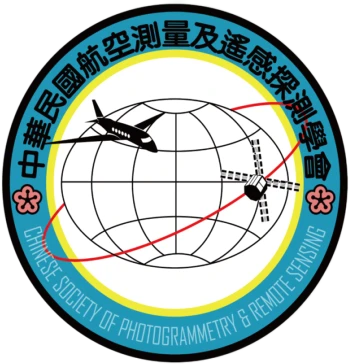Recently, image classification methods have transferred from pixel-based to object-based. Under the consideration of specific spatial features of objects, such as spectral, shape, texture, or the subordinative relations among them, object-based image analysis (OBIA) could improve the efficiency of image classification. In order to raise the capability of automatic recognition of land features from LiDAR data, 2D object-based classification method is extended for 3D point cloud classification of LiDAR data in this study. First, point cloud is segmented to independent 3D objects by various methods. Second, object features designed by this study are calculated. At last, the point clouds are classified automatically according to the object features . This study applies airborne LiDAR and ground-based LiDAR to automatic land feature classification. On the part of airborne LiDAR, structures, trees and cars were chosen to be the targets of classification. The overall accuracy and kappa value ran up to 98.40 % and 0.9638 respectively. On the other hand, on the part of ground-based LiDAR, buildings, small structures, trees, trunks and groves were chosen to be the targets. The overall accuracy and kappa value were 84.28 % and 0.7221 respectively. The results show that utilizing the object-based concept to classify LiDAR point cloud can give assistance to point cloud recognition by means of depicting the spatial characters of these objects. The classification results then, therefore, improve not only the completeness, but also the quality.

